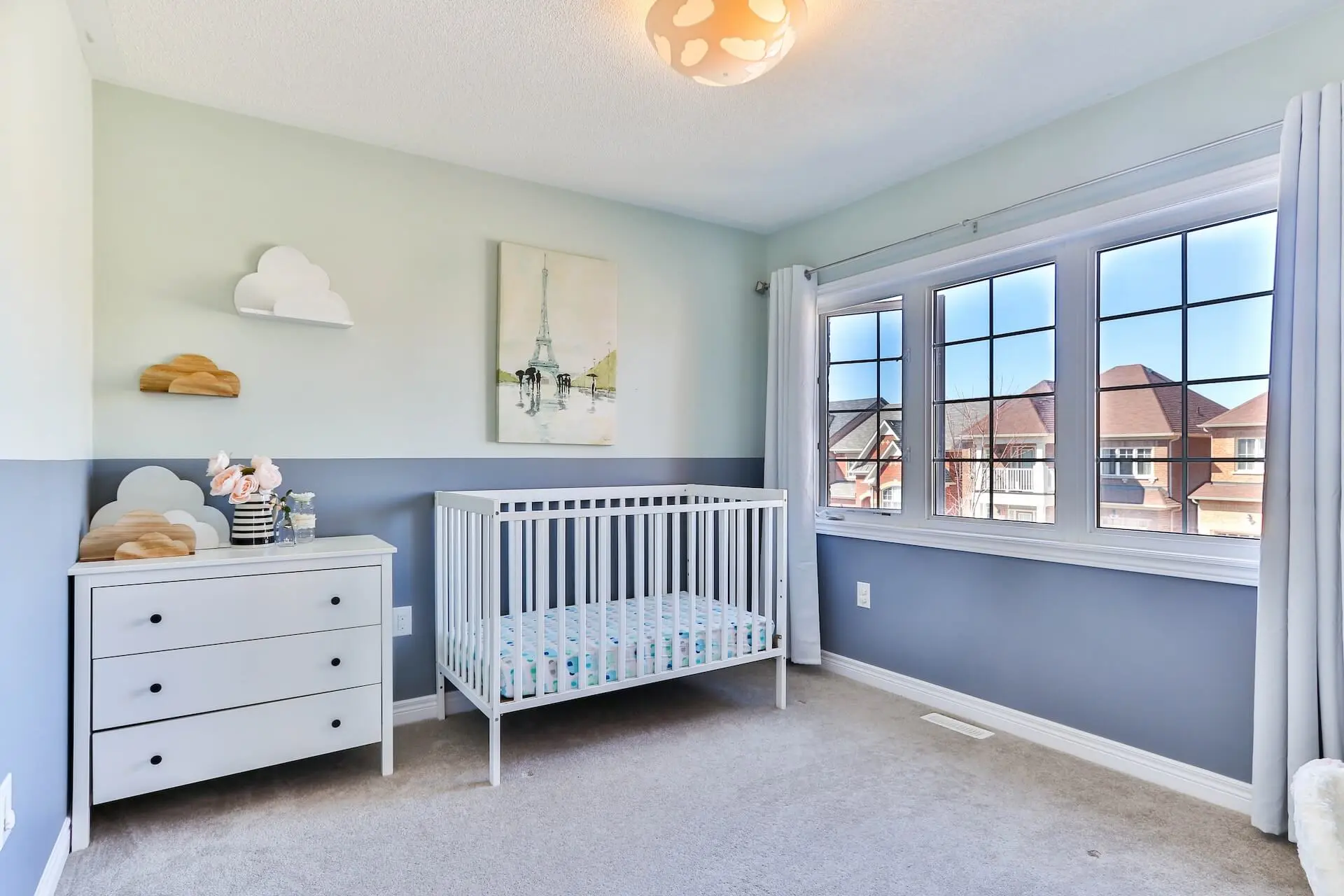Installing a breathable crib bumper is key to creating a secure and pleasant sleeping environment for your child. This guide will walk you through the step-by-step process of attaching a breathable crib bumper, providing the necessary information and tips for a secure and cozy nursery setting.
Installing a permeable crib bumper is the topic of this article. We’ll start by preparing the crib and removing loose bedding or toys. Then, we’ll guide you through attaching the bumper to the top rail and securing it to the crib sides. Finally, we’ll provide tips on tightening and adjusting the bumper for a safe and comfortable fit.
How to install a breathable crib bumper?
Remove extra blankets before installing a breathable crib bumper, and make sure the crib is stable. Attach the bumper to the top rail, starting at one end and working around, ensuring even distribution without tying too tightly. Then, secure the bumper to the vertical bars, providing it fits snugly without gaps.
Tighten any loose knots and trim away any excess material. Always watch for signs of damage or fraying, and get a new one as soon as possible.
Remember that older babies shouldn’t use a breathable crib bumper because they can use it to get out of the crib. Adhering to these guidelines may provide your child with a secure and comfortable place to sleep.
Preparing the Crib: Remove Any Loose Bedding or Toys
It is important to properly prepare the crib before installing a breathable crib bumper and removing loose bedding, pillows, or stuffed animals from the crib. These items can pose suffocation or choking hazards to your baby. Creating a clutter-free sleep environment promotes better air circulation and reduces the risk of accidents.

Follow the American Academy of Pediatrics (AAP) guidelines, which advise against loose bedding in the crib. Regularly inspect the crib to ensure no additional objects find their way inside.
Babies may unknowingly introduce items as they grow and explore. To ensure your baby’s comfort and safety, be sure to keep their sleeping area as uncluttered as possible.
Attaching the Breathable Crib Bumper to the Top Rail
To install a breathable crib bumper, position it carefully along the top rail of the crib. Use the adjustable ties or fasteners provided to wrap around the rail securely. Start at one end and distribute the bumper evenly. Avoid over tightening to allow proper airflow.
Check for gaps or loose areas while attaching to ensure a snug fit. Attaching the bumper to the top rail adds an extra layer of protection for your baby. Follow the manufacturer’s instructions for your specific bumper model.
Regularly inspect and adjust the bumper to maintain proper positioning. This creates a comfortable and safe sleep environment for your little one.
Securing the Breathable Bumper to the Crib Sides
To secure the breathable crib bumper to the crib sides, position it along the vertical bars. Use the adjustable ties or fasteners provided to wrap around each bar, starting from one end. Look for uneven spots and spaces to fill in. It’s important that the bumper doesn’t sag when installed.
Maintaining a secure connection requires routine inspection and adjustment of the fasteners.This prevents the bumper from becoming loose or detached.
The bumper is fastened to the crib sides to create a barrier that guards against knocks or limb tangles. Follow the manufacturer’s instructions for your specific bumper model. Prioritize safety and ensure a reliable installation.
Tightening and Adjusting the Breathable Crib Bumper
Make sure the breathable crib bumper is securely attached to the top rail and the crib sides before placing your baby in the crib. Check for loose ties, fasteners, or excessive fabric. Tug on the bumper to ensure it’s securely attached.

Make sure there are no gaps or loose areas that could be hazardous. Adjust the ties or fasteners for the desired tightness while maintaining airflow.
The bumper’s location should be periodically checked and readjusted because it may change. Regularly tightening and adjusting the bumper ensures a consistent and reliable protective barrier.
Conclusion
In conclusion, installing a breathable crib bumper is a thoughtful step toward creating a safe and cozy sleep space for your baby. Following the proper installation process, including preparing the crib, attaching the bumper, and making necessary adjustments, you can provide a secure environment that prioritizes comfort and safety.


